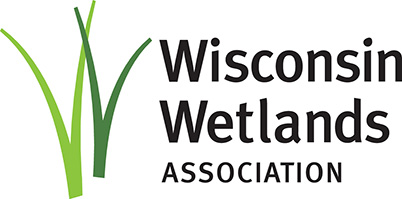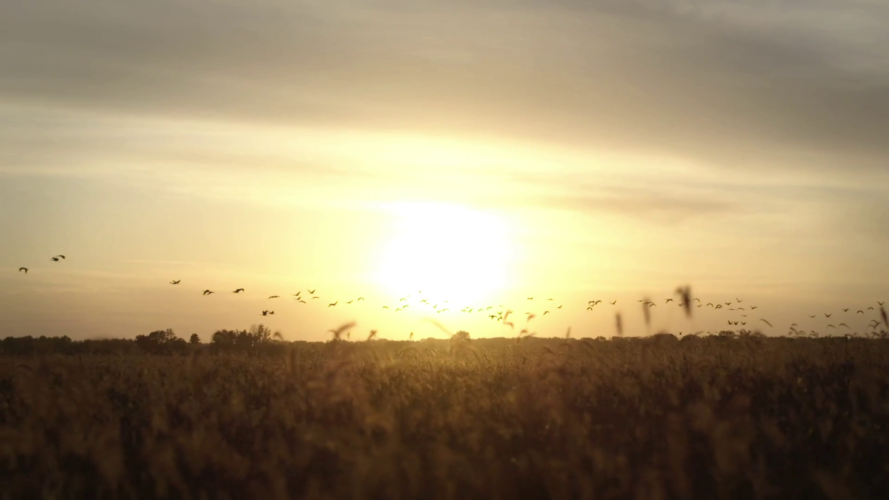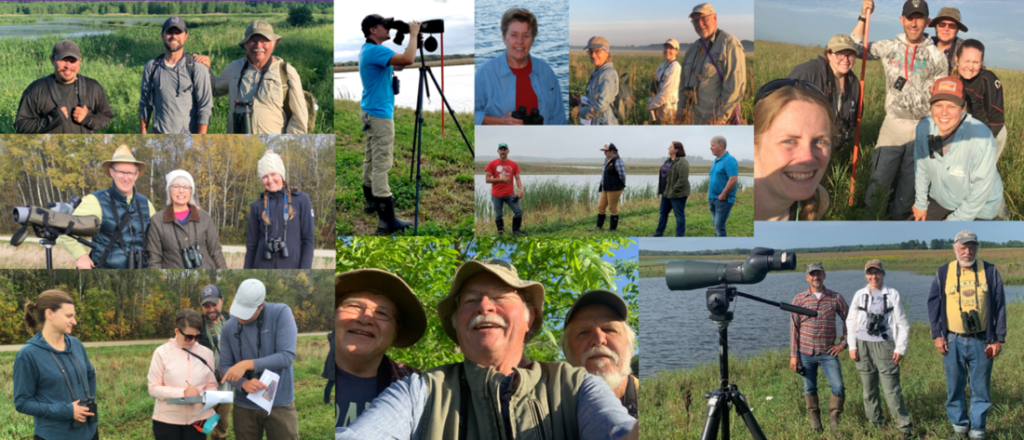After hearing about this inspiring collaborative project during a Wetland Coffee Break and in a presentation at the 2022 Wetland Science Conference, we wanted you to hear about this deep and engaging collaboration helping to inform the Oneida Nation’s landscape restoration efforts.
Part I: Restoring an altered landscape
By Tony Kuchma, Project Manager for the Oneida Nation’s Environmental Quality Department
When the Oneida first arrived in Northeast Wisconsin from what is now New York state in the early and mid-1800s, the landscape consisted of extensive wooded swamps and ephemeral wetlands. Unfortunately, that is no longer the case.
As is true across much of Wisconsin, the Oneida Nation has lost many of its historic wetlands as well as many ecological and social functions of the landscape. To understand how to repair our landscape and restore these functions, it’s important to look at how the landscape has been altered in the past. Some of the change that brings us to where we are today is unique to the Oneida Nation and to other tribal nations.
The Dawes Allotment Act of 1887 divided the Oneida reservation into 100-acre allotments, one for each family in the Nation at that time. That land was also taxed—a foreign concept to these families—which incentivized people to see their land as a commodity that could be logged, converted to agriculture, or sold—which is exactly what happened. Thirty years later, the reservation had gone from 65,480 acres owned by tribal members to less than 30 acres. We lost 80% of our forests, 75% of wetlands, and 95% or more of what little prairie grassland had existed.
Today, two-thirds of that initial reservation land base is agricultural, and the ecological web of connections is still damaged. The loss can be discouraging, but it’s important to remember that it also means there are lots of opportunities for restoration.
Since the early 2000s, the Oneida Nation has restored nearly 3,000 acres of agricultural land back to native wetland, grassland, prairie, and forest, providing important habitat for wildlife and helping to reduce watershed runoff.
But how can we gauge how well it’s working? What species are using it? And how should we manage these lands moving forward to maintain and improve habitat for species using these restored sites?
Our partnership with the Northeastern Wisconsin (NEW) Audubon Society, Audubon Great Lakes, and UW-Green Bay launched a bird monitoring program to help us answer these questions.
Part II: Monitoring birds and developing a deeper partnership
By Erin Giese, Senior Research Specialist at UW-Green Bay and President of Northeastern Wisconsin Audubon.
Since 2021, the Northeastern Wisconsin (NEW) Audubon Society, Audubon Great Lakes, and UW-Green Bay have implemented a bird monitoring program on Oneida Nation’s restored wetland and grassland sites, collecting bird data on breeding marsh and grassland birds in the summer and migratory shorebirds and waterfowl in the fall.

Volunteers counted and documented several target species and uncommon species, such as Bobolink (pictured here), Henslow’s Sparrow, Wilson’s Phalarope, American Golden Plover, and American Bittern. Photo by Brian Hansen.
During the 2021 field surveys, volunteers counted and documented more than 100 species of birds and more than 15,000 individual birds at these restoration sites. The sheer number of birds and species we recorded at the Coyote Run and Trout Creek sites is a testament to the incredible restoration work done by the Oneida Nation. The bird data collected as part of this partnership have already informed—and will continue to inform—land management decisions on the Oneida reservation, including water level manipulation, prescribed burns, and mowing. The data are also informing future restoration efforts.
Volunteer bird monitors enjoyed visiting these Oneida restoration sites and learning about Oneida culture and language.
This partnership has also fostered cultural exchange thanks to a valued member of the Oneida Nation who has shared Oneida’s rich culture, history, and language with the bird monitors. Learning about Oneida culture has been a highlight for volunteers on this project. Over the coming years, we plan to engage more birdwatchers, expand the Oneida cultural exchange, analyze more data, and collect data at new and existing restoration sites to inform Oneida’s land management decisions. We also hope to establish an Important Bird Area.
This project is open to volunteers of any experience level. If you are interested in volunteering, please visit newiaudubon.org/oneida-bird-project for more information and to sign up.
Related content
Wetland Coffee Break: Habitat restoration and bird monitoring on the Oneida Nation reservation
Wetland Coffee Break: Birding Wisconsin’s wetlands





